The tunnel has no ramps – each end has staircases, 2 elevators to carry pedestrians, and 4 elevators to transport carriages, loads and, later on, cars. The building of the tunnel was made possible by the use of a caisson, a huge iron cage that carried the workers into the depth; compressed air made working in this cage and also later in the tunnel rings possible.

It is amazing to see the open steel construction that holds the elevators. Their doors open vertically. The whole shaft into which you descend is elaborately adorned with sculptures, tiles, and now historical photographs. The tunnel itself is filled with three dimensional tiles of sea creatures, fish and the like.



When you work your way down you pass by a number of wood carved statues depicting the important people involved in the project. All but one. Of the 4400 workers hired for the labor, about 700 were hurt by Caisson- or divers disease. Coming up too fast from compressed air can kill you, and indeed did kill three workers. The workers fought to have a doctor with research experience on the topic to help deal with the problem. Dr. Arthur Bornstein and his wife Adele, a doctor as well, improved the working conditions and pushed science forward with their research on the effects of air pressure. But their likeness was not included in the display of luminaries – they were Jewish. Later on the Nazis systematically destroyed their papers and silenced their contribution to this path breaking engineering marvel.




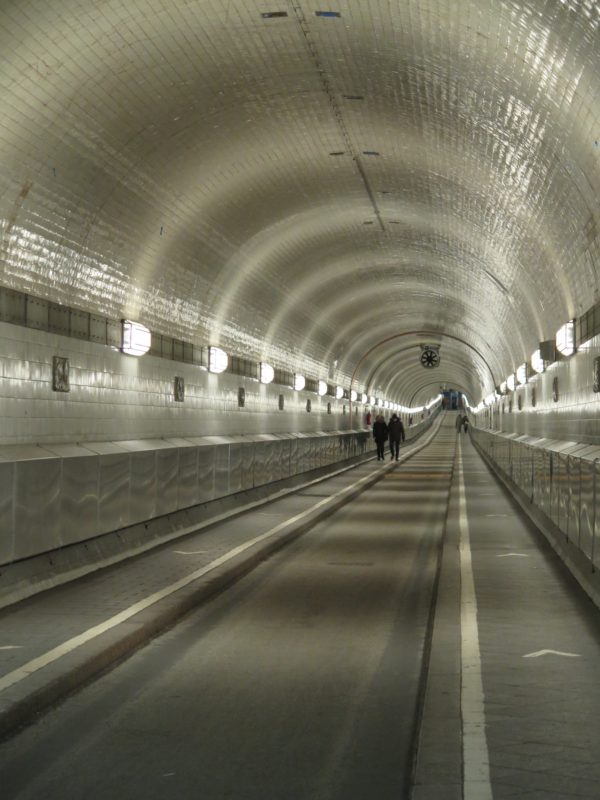


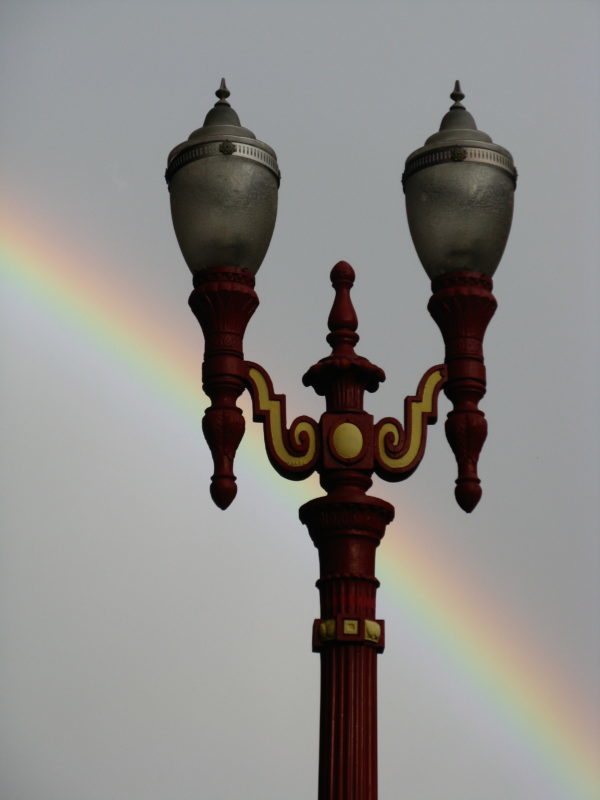


 Third St (now 3rd Ave) \: The Great Light Way….
Third St (now 3rd Ave) \: The Great Light Way….




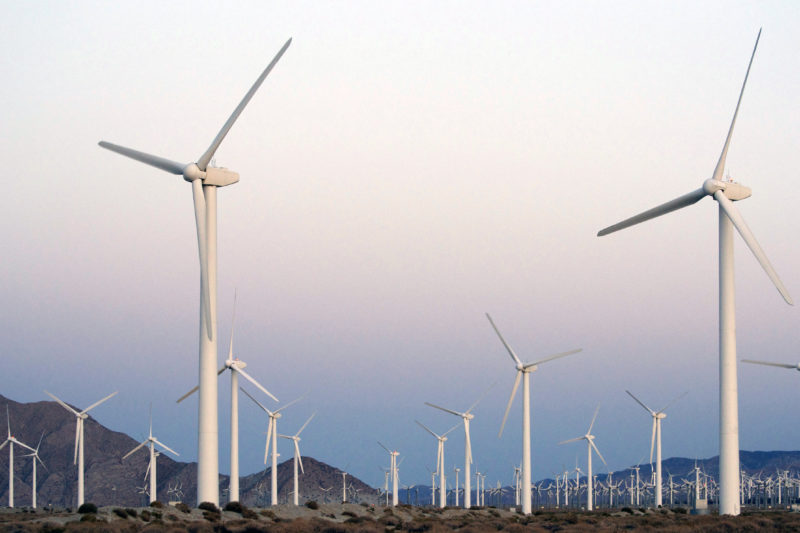






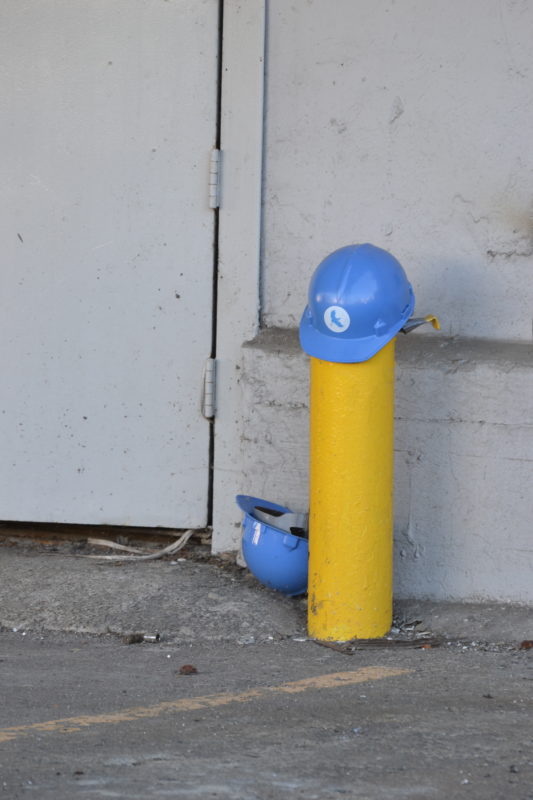








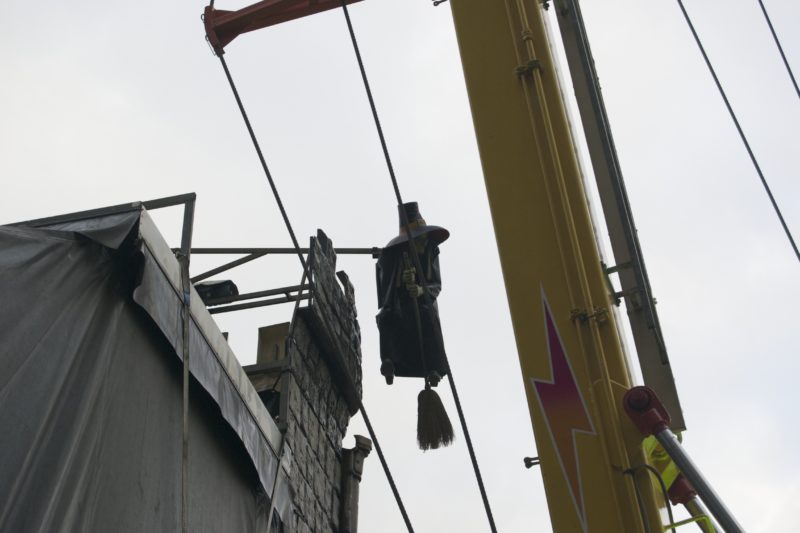


 Note that not all of them are in diffuse light. Some are in bright sunshine and still had a goose-bumpy quality. (I know, that is not English, but I am also not a native speaker….)
Note that not all of them are in diffuse light. Some are in bright sunshine and still had a goose-bumpy quality. (I know, that is not English, but I am also not a native speaker….)








